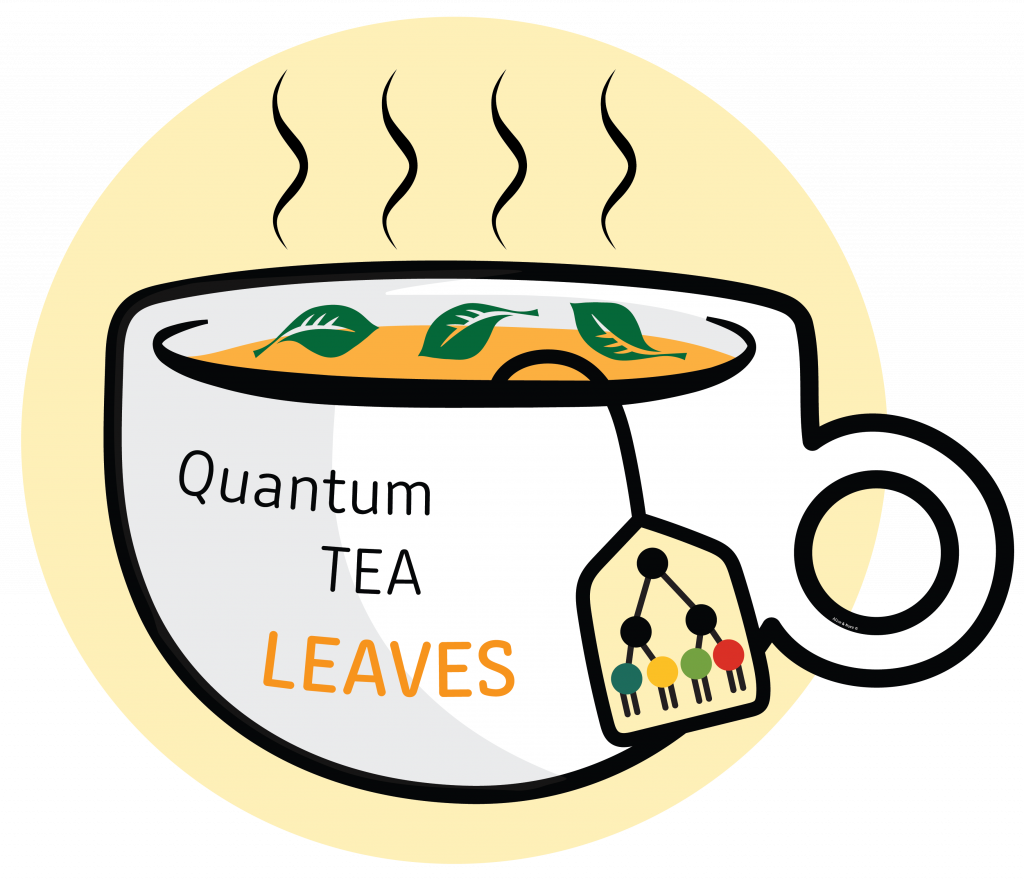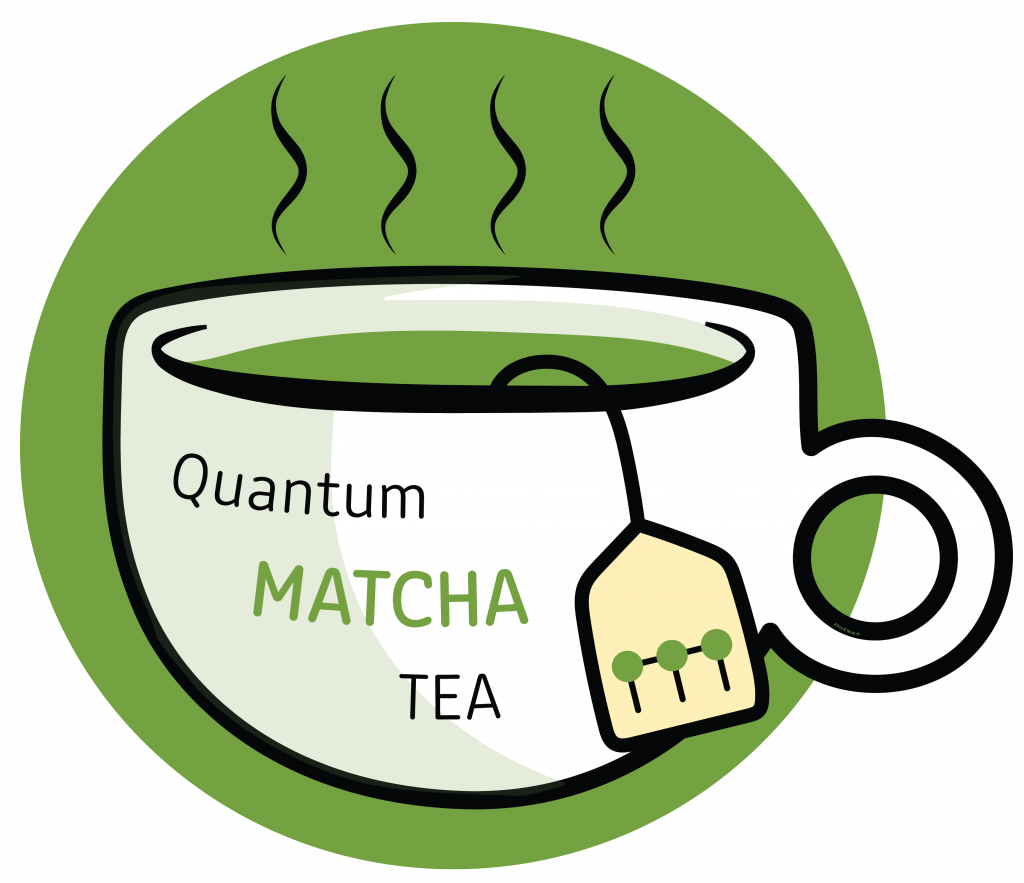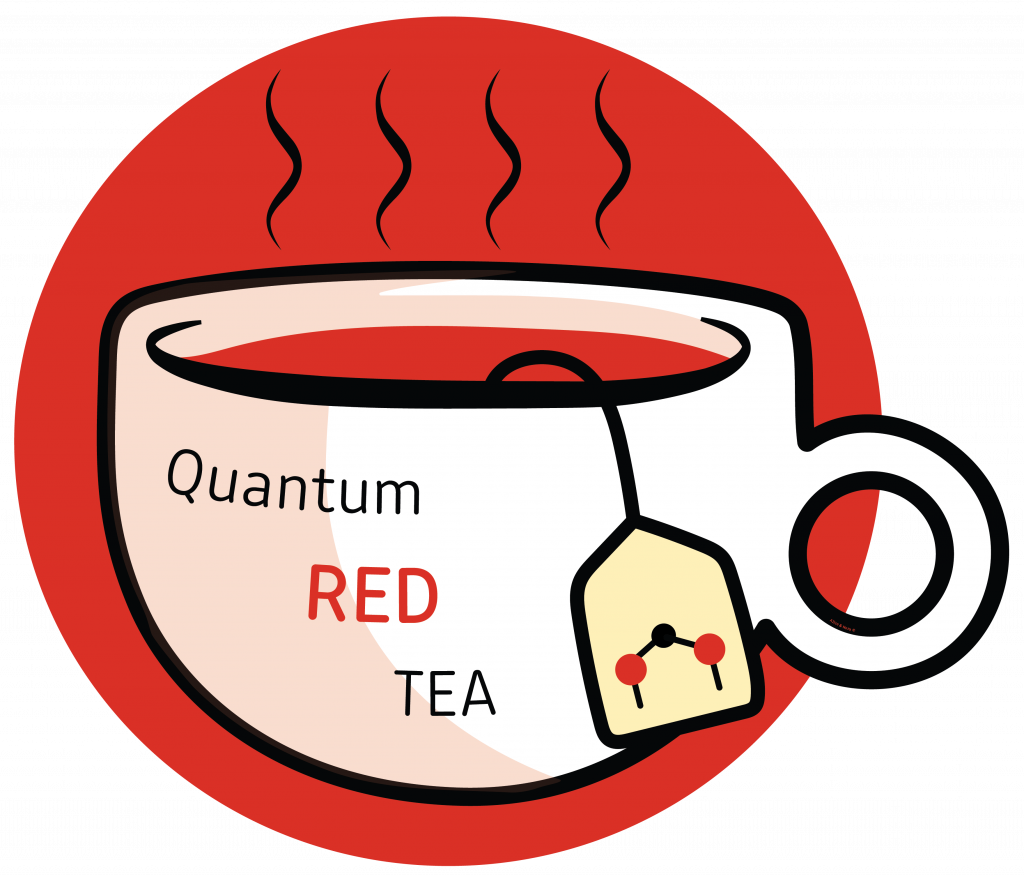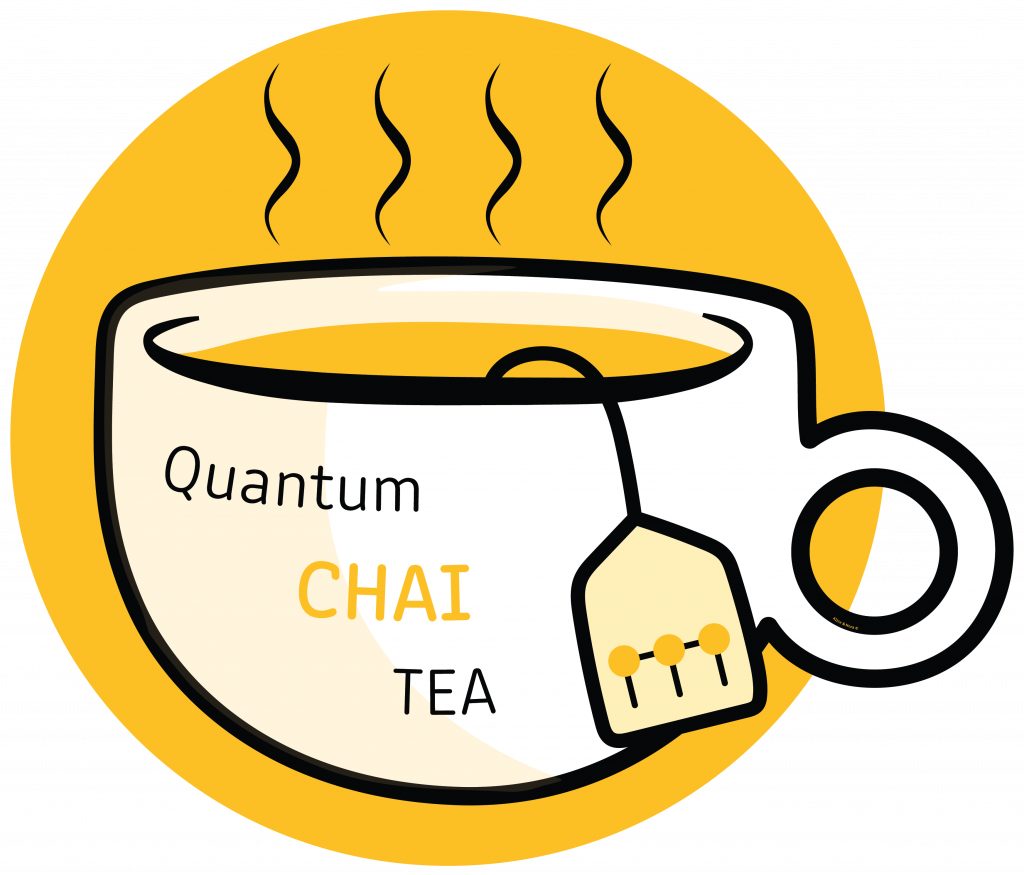Quantum TEA Leaves is a base library for Quantum TEA tensor network package. It contains the tensor network ansatz and operator classes, observables, models, and simulation interfaces. All the algorithms for solving the Schrödinger and Lindblad equation are implemented here. The simulation backends are tunable between CPU, GPU, and mixed precision.
With qtealeaves you can run simulations with non-symmetric Numpy/Cupy tensors. Other tensor backends are available with qredtea.



